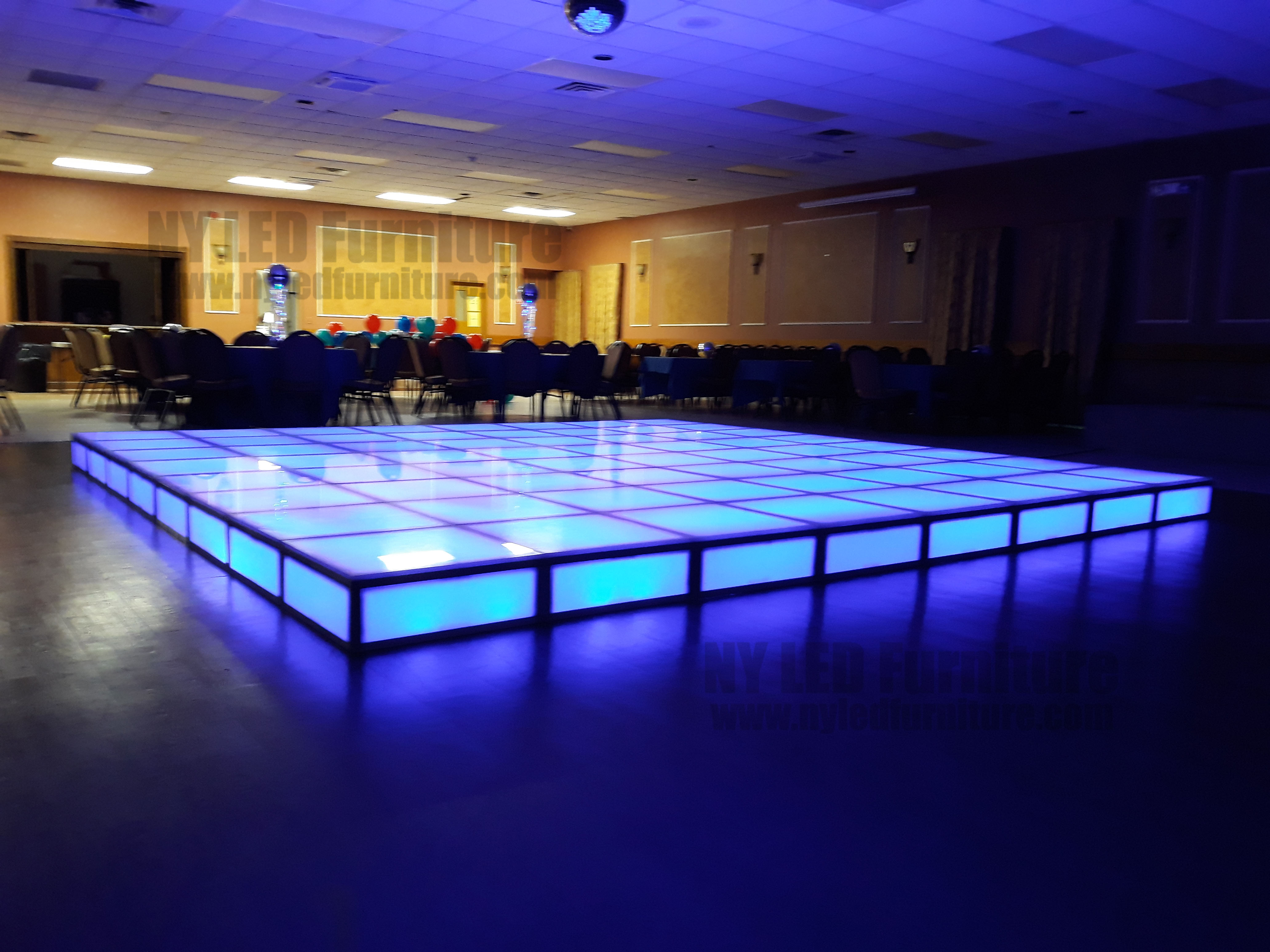Brightening Ingenuity With Color Concept in Light Emitting Diode Movement Floor Layouts
Brightening Ingenuity With Color Concept in Light Emitting Diode Movement Floor Layouts
Blog Article
Hue theory is a crucial aspect of design, particularly when it comes to creating LED dancing floors. The interaction of hues can significantly affect the atmosphere and vibe of a space. Through grasping how colors function together, creators can create an environment that improves the total experience for dancers. This article explores the fundamentals of hue theory and its application in LED dancing floor designs.
The primary colors are red, blue, and yellow. These colors cannot be made by mixing other colors together. Secondary hues, such as emerald, tangerine, and violet, are formed by mixing main colors. Third-level hues are formed by mixing a primary color with a secondary hue. Grasping these fundamental connections helps creators select hues that enhance one another and create a visually appealing display. Mixing these hues on an light-emitting diode dance floor can lead to dynamic and exciting effects that capture the attention of participants.
Hue value also holds a key part in design. Colors can be categorized as warm or cool. Hot hues, such as crimson, tangerine, and yellow, tend to evoke feelings of excitement and warmth. In opposition, cool colors like azure, emerald, and violet often create a calm and soothing atmosphere. Designers can use these color temperatures to establish the ambiance for various kinds of events. For instance, a party atmosphere may benefit from hot hues that energize the audience, while a further calm occasion might use cool colors to offer a soothing influence.
In furthermore to color combinations and temperature, luminosity and saturation are vital elements to take into account. Luminosity denotes to how light or dark a hue looks, while intensity measures the intensity of a color. Vivid, intense colors can create a vibrant and energetic atmosphere, perfect for dancing floors. On the other hand, softer, lower intense colors can create a further muted environment. Through manipulating brightness try these out and intensity, creators can attract attention to specific sections of the dancing floor or establish visual pathways, leading participants through the space.
Finally, it is essential to take into account the psychological effects of hue in LED dance surface layouts. Different colors can elicit different emotions and responses. For example, crimson is often associated with passion and vitality, while blue can be calming and tranquil. Grasping these associations allows creators to tactically use hues to affect the actions of dancers. Through integrating hue theory into LED dancing surface layouts, designers can enhance the total Learn More Here encounter, rendering it memorable and enjoyable for all participating.